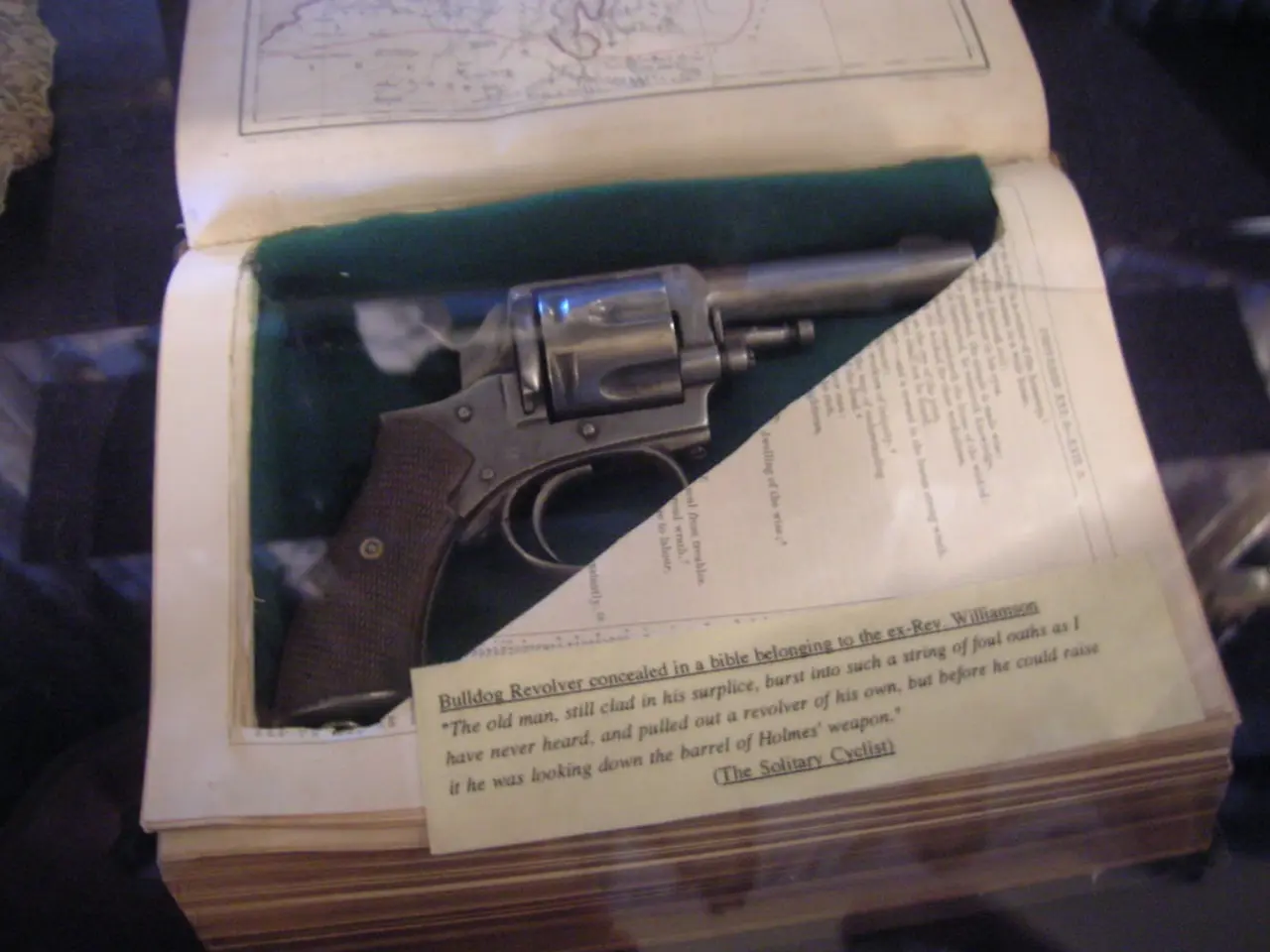In-depth Exploration of Ballistic and Firearm Forensics
In the realm of criminal investigations, the science of ballistics and firearms analysis plays a pivotal role. This field, which studies the behavior of projectiles in motion, is essential in providing critical evidence in cases involving firearms.
Ballistics is divided into three main categories: internal, external, and terminal. Internal ballistics focuses on the processes that occur within a firearm from the moment of ignition to the projectile's exit from the barrel. External ballistics deals with the projectile's flight path after it leaves the firearm, considering factors like aerodynamics, gravity, and environmental conditions. Terminal ballistics, on the other hand, focuses on the effects of a projectile upon striking a target, providing insights into bullet penetration, expansion, and energy transfer.
The challenges in ballistics and firearms analysis are manifold. The variability of firearms, degradation of evidence, inconsistent legal standards, and the need for ongoing training and education all pose significant hurdles. However, advancements in technology and methodologies are continually being made to overcome these challenges.
One such advancement is the use of 3D imaging and modeling. These techniques provide detailed visualizations of bullets, casings, and crime scenes, enhancing the understanding of shooting incidents and improving firearm identification. The future of ballistics and firearms analysis is expected to see the integration of artificial intelligence and machine learning for faster and more accurate data analysis, the refinement of 3D imaging and modeling, and the development of composite materials that produce unique ballistic signatures.
Firearms can be classified into handguns, rifles, and shotguns, each presenting unique identification markers relevant to investigations. Identification techniques include microstria analysis, toolmark comparison, and digital imaging techniques. Microstria analysis focuses on the unique microscopic scratches and impressions left on bullet casings and projectiles, allowing experts to draw connections between fired ammunition and specific weapons. Toolmark comparison examines marks left on surfaces due to contact with tools, including gun barrels and firing pins. Digital imaging techniques have advanced the field considerably, enabling detailed visualization of ballistic evidence.
Collaboration between firearms experts and law enforcement is essential for integrating ballistics and firearms analysis into criminal investigations. This collaboration ensures the integrity of forensic evidence and enables experts to offer training in evidence collection techniques, provide real-time analytical support, and assist in the development of protocols for managing firearms evidence.
Innovations in materials used in firearms and ammunition have enhanced durability and performance, influencing forensic analyses and requiring experts to adapt their methodologies. Key methods of ballistics testing include test firing, chronograph measurements, and ballistic gelatin. Improved data sharing through enhanced databases is anticipated to facilitate more effective investigations and support legal proceedings.
Effective reports clearly articulate the methodology used, interpret data, and establish credibility through signing and dating. During testimony, experts may cover the scientific validity of their methodologies, the process of firearms identification, and potential limitations in their analysis. Testimony from firearms experts in court plays a crucial role in explaining complex forensic evidence to jurors and judges, influencing trial outcomes.
In Germany, the Bundeskriminalamt (BKA, Federal Criminal Police Office) and several Landeskriminalämter (state criminal investigation offices) have dedicated forensic departments for ballistics and firearm examination. These institutes conduct advanced forensic investigations and analyses related to firearms and ballistics, providing expert analyses in criminal cases. Software for trajectory analysis calculates the path of a projectile, accounting for factors like gravity, wind resistance, and projectile characteristics, and simulating bullet paths for more accurate investigations.
In conclusion, the science of ballistics and firearms analysis is a vital component of forensic law, offering critical evidence in criminal investigations involving firearms. Advancements in technology and methodologies continue to refine this field, ensuring its continued importance in the pursuit of justice.
Read also:
- Peptide YY (PYY): Exploring its Role in Appetite Suppression, Intestinal Health, and Cognitive Links
- Toddler Health: Rotavirus Signs, Origins, and Potential Complications
- Digestive issues and heart discomfort: Root causes and associated health conditions
- House Infernos: Deadly Hazards Surpassing the Flames








